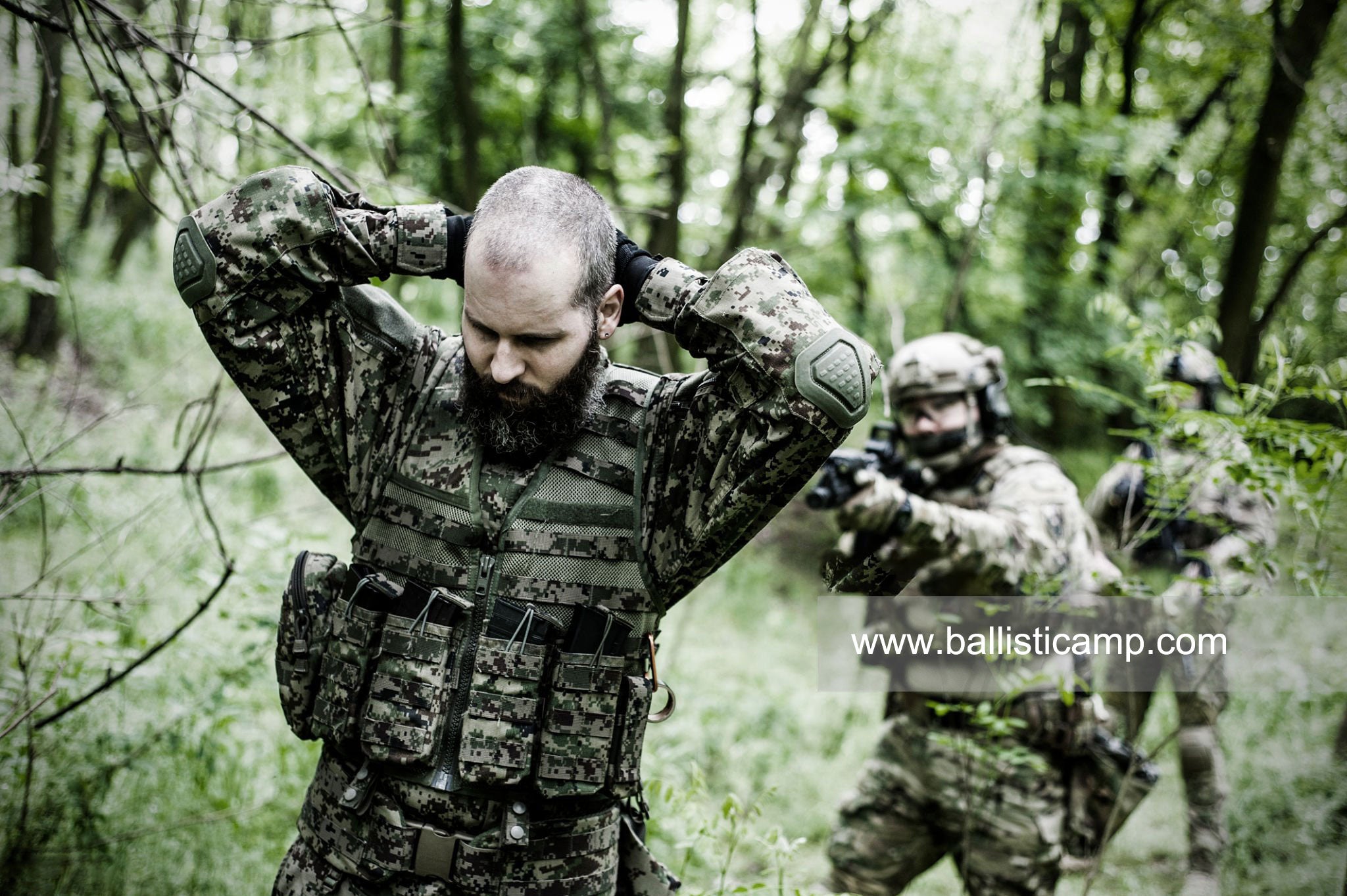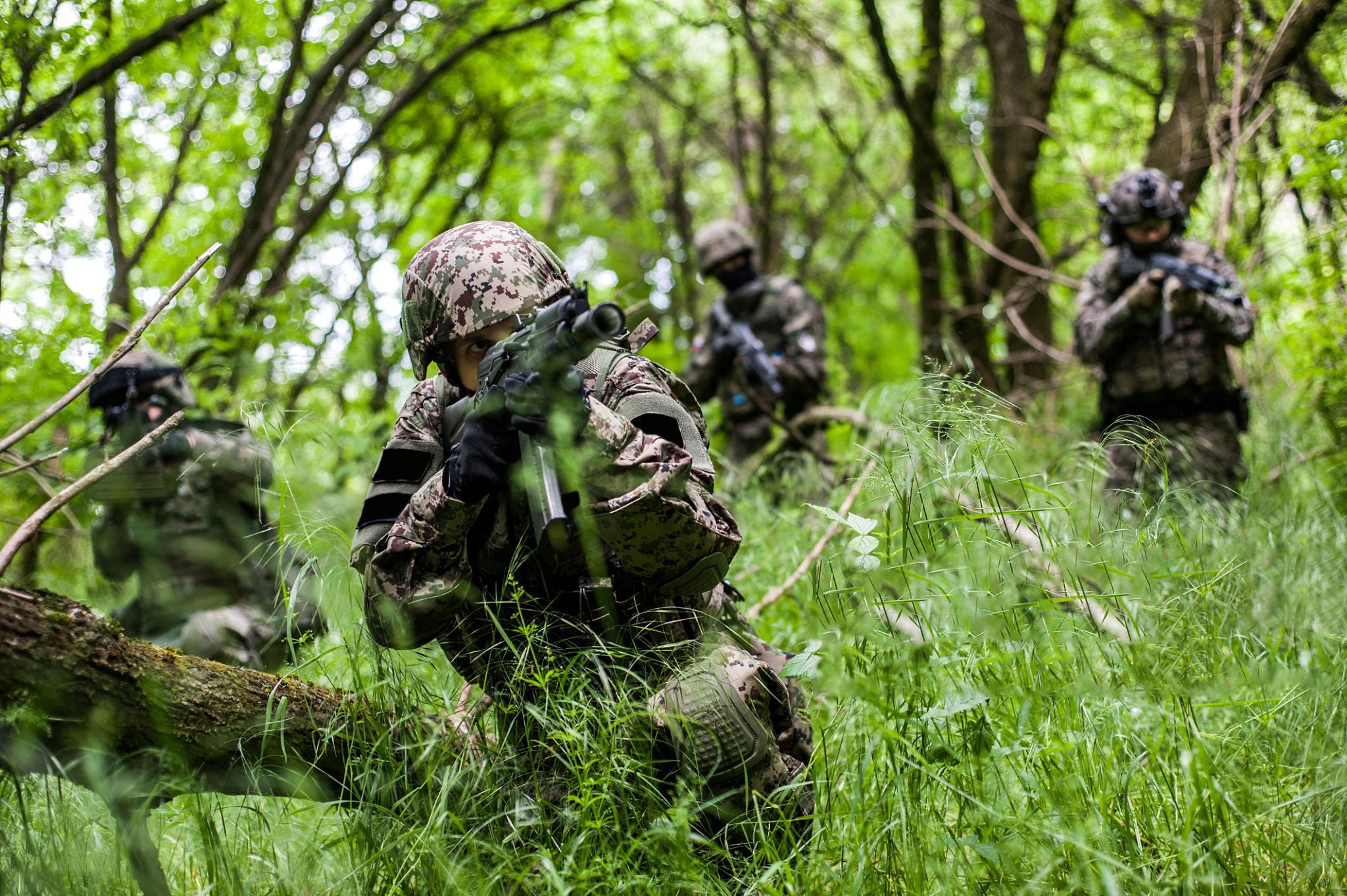Exploring Protection Innovation: What is the Best Bulletproof Helmet?
In an era marked by heightened security concerns and evolving threats, personal protection has become a critical consideration for military personnel, law enforcement officers, and security professionals alike. Among the varied protective gear available, the bulletproof helmet stands out as a crucial safeguard against ballistic threats to the head. In this article, we delve into the realm of bulletproof helmets to unravel the features, technologies, and considerations that define the best bulletproof helmet for modern-day protection needs.
Evolution of Bulletproof Helmets
The concept of protective headgear dates back centuries, evolving from rudimentary designs to sophisticated ballistic helmets capable of withstanding high-velocity projectiles. Early iterations of helmets were primarily concerned with reducing head injuries from blunt force trauma rather than withstanding ballistic threats. Over time, technological advancements and material innovations have transformed bulletproof helmets into highly specialized pieces of equipment designed to mitigate the risks posed by firearms and fragmentation.

Key Features of a Bulletproof Helmet
Ballistic Protection: The primary function of a bulletproof helmet is to provide ballistic protection against various threats, including bullets, shrapnel, and fragments. Helmets are typically classified according to their ability to resist specific projectile types and velocities, such as handgun rounds, rifle rounds, or explosive fragments.
Material Composition: Modern bulletproof helmets are crafted from advanced materials like aramid fibers (e.g., Kevlar), ultra-high-molecular-weight polyethylene (UHMWPE), and ceramic composites. These materials offer a balance of lightweight design and exceptional ballistic resistance, ensuring maximum protection without compromising comfort or maneuverability.
Comfort and Fit: A well-designed bulletproof helmet should prioritize comfort and fit to minimize fatigue and enhance wearer endurance during extended use. Adjustable retention systems, padding configurations, and ventilation channels contribute to a secure, ergonomic fit that supports prolonged wear without sacrificing protection.
Weight and Mobility: The weight of a bulletproof helmet plays a crucial role in the wearer's mobility and operational effectiveness. Lightweight materials and streamlined constructions are preferred to reduce neck strain and facilitate improved movement, critical for dynamic operational environments that demand agility and quick responses.

Modularity and Accessories: Some advanced bulletproof helmets offer modularity and compatibility with a range of accessories, such as ballistic visors, communications devices, night vision goggles, and strobe lights. These features enhance versatility and adaptability, allowing users to customize their helmets based on mission requirements.
Top Bulletproof Helmet Models in the Market
Team Wendy EXFIL: Renowned for its exceptional comfort, modularity, and ballistic performance, the Team Wendy EXFIL series stands out as a top choice among military and law enforcement units worldwide. With features like a rail system for accessory attachment and customizable padding, the EXFIL helmets offer premium protection without compromising on usability.
Ops-Core FAST: The Ops-Core FAST helmet series is synonymous with cutting-edge technology and robust ballistic protection. Widely favored by special operations forces and tactical units, Ops-Core helmets boast high-tenacity shell constructions, integrated night vision mounts, and retrofit options for enhanced mission adaptability.

Revision Batlskin Viper A3: The Revision Batlskin Viper A3 helmet combines advanced ballistic capabilities with innovative design elements, including a lightweight shell, modular suspension system, and customizable protective padding. Its compatibility with various face shields and communication devices makes it a versatile choice for diverse operational scenarios.
MTEK Flux: Known for its sleek profile and scalable protection, the MTEK Flux helmet excels in both ballistic performance and user-centric design. Featuring a boltless shell assembly, integrated accessory rails, and impact-absorbing liners, the Flux offers a comprehensive solution for professionals seeking premium protection and operational flexibility.
Emerging Technologies in Bulletproof Helmet Design
Multi-Layered Protection: Manufacturers are integrating multiple layers of ballistic material in helmet designs to enhance protection against high-energy impacts and ballistic threats. This approach ensures a balanced distribution of force and minimizes the risk of penetration, improving overall helmet performance in diverse threat environments.

Energy Absorption Systems: Helmets equipped with advanced energy absorption systems, such as impact-resistant liners and cushioning materials, are becoming increasingly prevalent. These systems help dissipate kinetic energy upon impact, reducing the risk of traumatic brain injuries and enhancing wearer safety during high-velocity engagements.
Sensor Integration: With the rise of smart technologies, bulletproof helmets are increasingly incorporating sensor systems to monitor environmental conditions, detect ballistic impacts, and provide real-time feedback to users. These sensors enhance situational awareness and contribute to improved tactical decision-making in dynamic operational settings.
Customization and Add-Ons: The trend toward customizable helmet configurations and modular add-ons continues to shape the evolution of bulletproof helmet design. From ballistic visors and mandible protectors to communication systems and ballistic ear protection, the ability to tailor helmets to specific user preferences and mission requirements offers unparalleled versatility and functionality.
Factors to Consider When Choosing a Bulletproof Helmet
Protection Level: Select a helmet that meets or exceeds the ballistic protection requirements for your operational context, considering the types of threats you are likely to encounter and the performance standards that govern helmet certifications.
Comfort and Fit: Prioritize helmets that offer adjustable sizing options, moisture-wicking padding, and ventilation systems to ensure a snug fit and optimal comfort during extended wear.

Weight and Mobility: Opt for lightweight helmets that strike a balance between protection and mobility, especially if your operational duties involve rapid movements and sustained physical exertion.
Durability and Maintenance: Choose helmets constructed from robust materials with high resistance to wear and tear, and follow manufacturer guidelines for proper maintenance and inspection to maximize longevity and performance.
Compatibility and Accessories: Consider the compatibility of the helmet with additional accessories and mission-critical equipment, and select a model that offers versatile mounting solutions and accessory integration options.
Conclusion
In a landscape shaped by evolving security threats and operational challenges, the quest for the best bulletproof helmet continues to drive innovation and excellence in protective gear design. From advanced ballistic materials and customizable features to ergonomic comfort and integrated technologies, modern bulletproof helmets embody a fusion of form and function tailored to meet the complex needs of security professionals in diverse environments. By staying abreast of technological advancements, performance standards, and user requirements, individuals and organizations can make informed decisions when selecting the optimal bulletproof helmet for their protective needs, ensuring enhanced safety and operational effectiveness in an unpredictable world.


